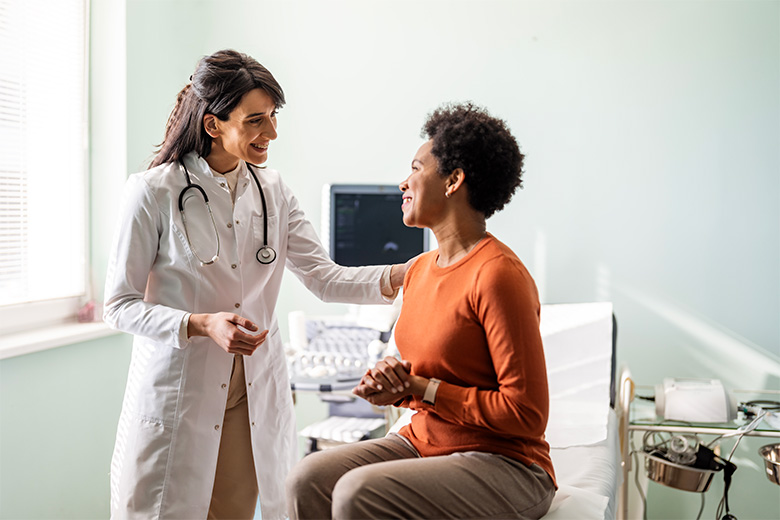Meet the Digestive Care Team
A team of experienced and caring digestive experts to provide you with comprehensive care.

When it comes to digestive health, everyone's needs are different. At Beth Israel Deaconess Hospital–Plymouth, our team of supportive digestive health specialists, including gastroenterologists and surgeons, will work with you to personalize a care plan for your particular condition.
Our digestive health specialists are experts in treating conditions that affect the following areas of the body:
BID Plymouth provides local pre- and post-transplant care. While the procedure itself takes place at Beth Israel Deaconess Medical Center, all care related to the transplant is provided in Plymouth.
For care related to liver transplants, learn more at Beth Israel Deaconess Medical Center.
A team of experienced and caring digestive experts to provide you with comprehensive care.
Our goal is to help you achieve your best digestive health. We offer the following services to achieve these goals:
